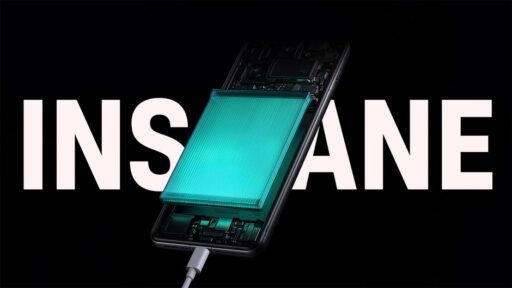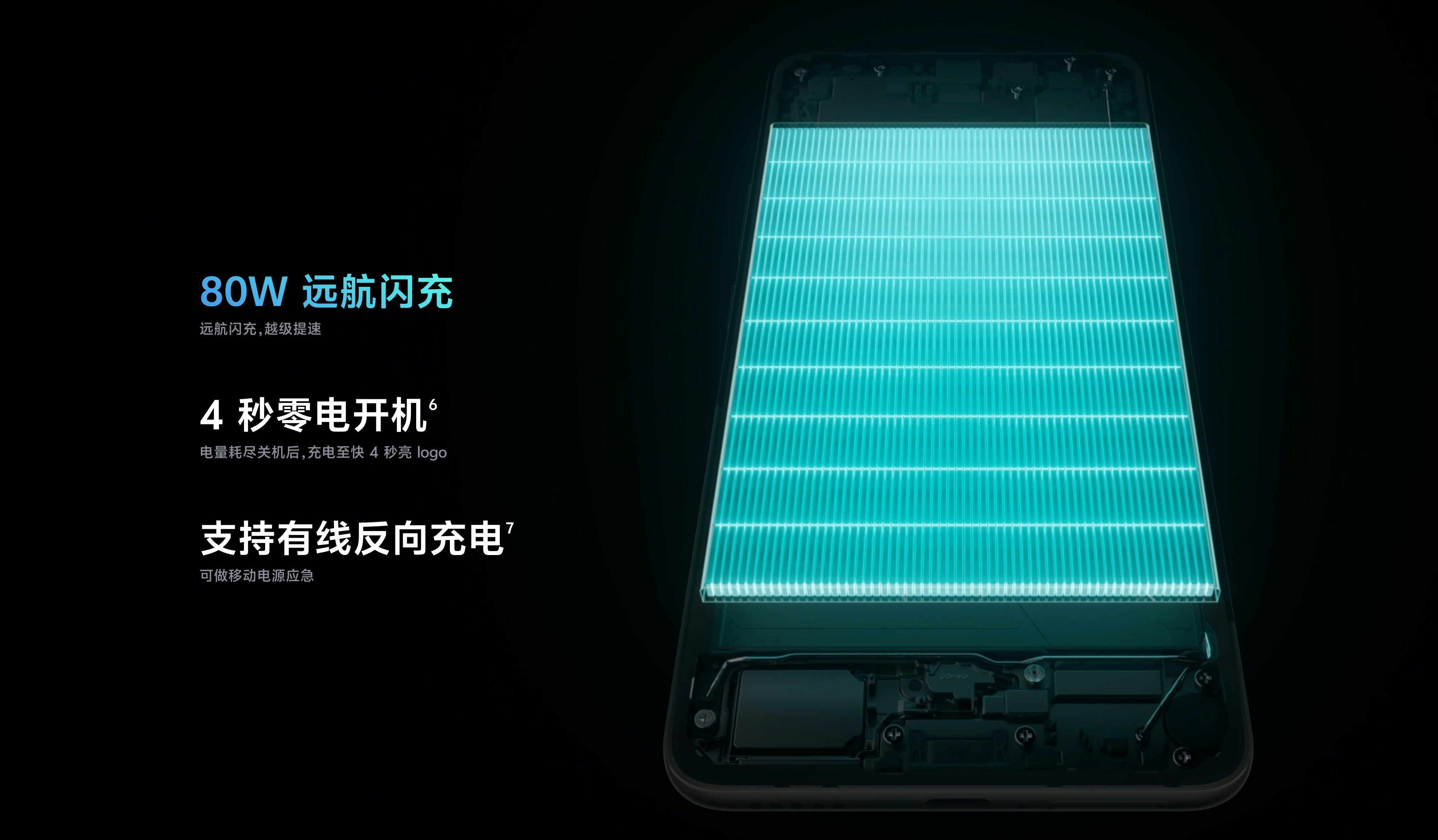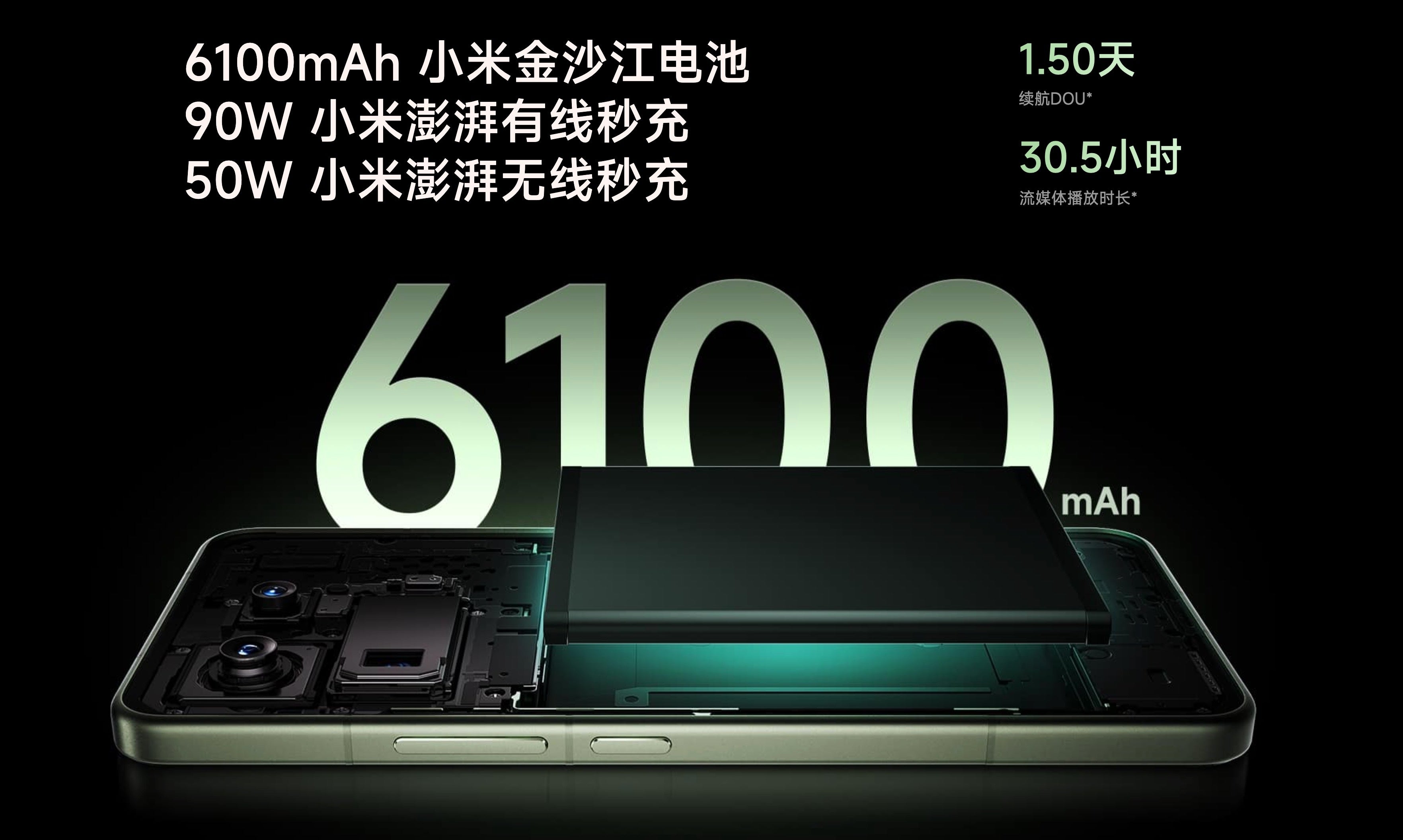The dream smartphone will finally become reality in 2025

Ah, the dream smartphone!
We have been slowing getting there ever since the first iPhone started the modern smartphone industry in 2007. Many of the pieces have already fallen into place, and these days it seems that we are focusing on three fundamental elements.
First, you could argue that smartphone chips are now finally fast enough. New processors like the latest Snapdragon 8 Elite chipset deliver big gains and finally bring smartphone to truly desktop-like performance. You could argue that smartphone chips were fast enough already earlier, but with this latest big step we are entering a new era. And with the advent of AI, we are also finally getting bonkers amounts of RAM, which ensures a phone will remain fast for years to come.
Secondly, I can also argue that we have finally reached peak smartphone cameras as well. The one missing piece was finally added when we got compact phones with a dedicated telephoto camera in 2024. Sure, there are ways to improve, but the major camera innovations have allegedly already happened.
Of course, the “dream smartphone” is an elusive concept and something that is slightly different for everyone, but one thing is clear: it is NOT a phone you have to charge every single day.
So what about the third element, battery life?
7,000 mAh phones are coming
The battery module is already in production

A battery pack with the same size as current ones, but much bigger capacity
The good news is that this last stumbling block of battery life will likely be removed next year.
A fresh leak out of prolific leaker and industry insider Digital Chat Station tells us that the first 7,000 mAh battery is now a reality, and it’s only a question of when it will be implemented in a real smartphone.
Important note: we have already had big battery packs. This is not that. This is a battery pack of roughly the same size as what you get in devices like the iPhone 16 Pro Max and Galaxy S25 Ultra, but, thanks to a technological breakthrough, it has a much bigger capacity.
Here are the specs of this new impressive battery cell:
- 7000 mAh capacity
- 4.53V
- high silicon single cell
- minimum rated value of 6850mAh
- developed by Ouga Group
What is this mysterious Ouga Group?
It turns out that this is an internal Oppo/OnePlus collaboration, so basically it will be under the big umbrella of BBK corporation (the entity behind Vivo, Oppo and OnePlus phones).
The key term here is “high silicon”. This new material replaces the graphite anode of a traditional battery with a new silicon material that can capture more lithium ions, or simply said, it can hold WAY more capacity.
This technology has been in development for years by Washington-based Group14, and it seems that the material has finally graduated to a stage where it can be safely implemented in real world batteries.
It’s coming next year
We are used to reporting about battery technologies far out in the future, but this one is not that.
This will be on real phones released next year, in 2025.
Naturally, the first companies to implement it will probably be Oppo and OnePlus, but we have already seen some form of a silicon-anode battery in the Xiaomi 15 Pro series.
And just to be perfectly correct about the pioneers of that technology, we have to name Honor which first introduced a smartphone with a silicon-anode battery nearly two years ago.
We should also say that some recent phones already have a battery of nearly that size. For example, the mid-range Vivo Y300 Pro features a 6,500 mAh battery, and you can already buy that phone (if you live in Asia where it’s sold, that is).
Two-day battery life
We already have phones that get 1.5 days of use, and we might finally get to the 2-day mark next year

Few companies give us “Days of Use” battery estimate for their smartphones, which is a shame, but we have one such company, Xiaomi.
The fresh-out-the-oven Xiaomi 15 Pro is officially estimated to last 1.5 DOU (days of use), and it has a 6,100 mAh battery inside.
This is excellent longevity, but it is still a bit short of that coveted two-day battery life.
Here, we are talking specifically about battery life on flagships. For mid-range phones, we are already there with devices such as the Oppo K12 Plus (6,400 mAh battery) that get official 2.2 days of use estimate.
And with that 7,000 mAh battery due next year, we are getting a 15% improvement. This means we might finally reach that long-awaited milestone of not having to charge your phone every day on flagships, and mid-range phones could actually get to 2.5 days of use.
Keep in mind that with lighter use, this means that you will probably be able to extend battery life to three days between charges.
But iPhones, Galaxy and Pixel phones will get that much later
I have painted a rosy picture because I indeed believe this is what we’ll see next year, but I want to set the right expectations. More specifically, I want to make it clear that I do NOT expect the iPhone 16 Pro Max, Galaxy S25 Ultra or Pixel 10 Pro XL to have a 7,000 mAh battery.
They might, but it’s just not very likely.
Those companies are well-known for being extremely conservative with implementing new technologies and they just cannot risk it on a flagship product made in millions of quantities. Too much is on the line.
So chances are they will wait and let other companies get the honors of being first, but also take the risk. And only then, a year or more down the line, we might finally see this technology adopted in mainstream smartphones.
But if you are ready to take the plunge with a OnePlus or a Xiaomi phone in the near future, and if all the stars align,, I think this time next year we will finally be able to call it: the dream smartphone has arrived. And I for once, cannot wait for that moment.